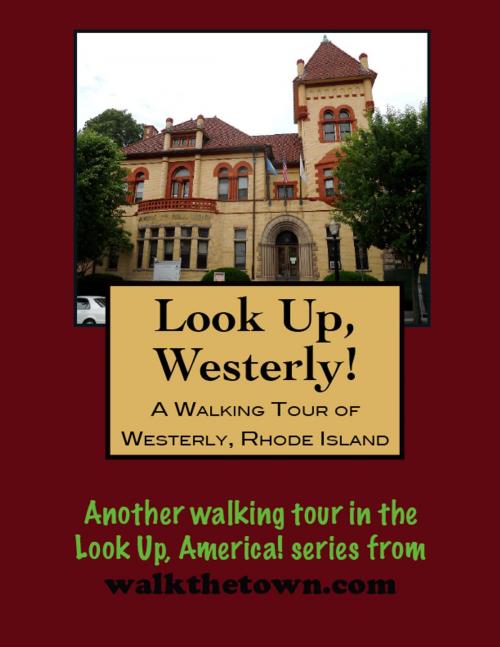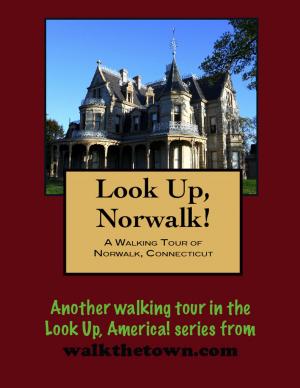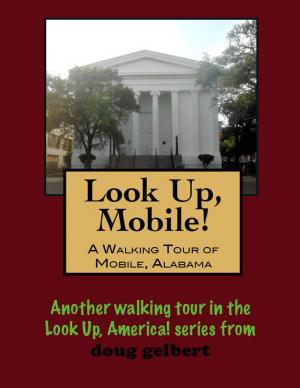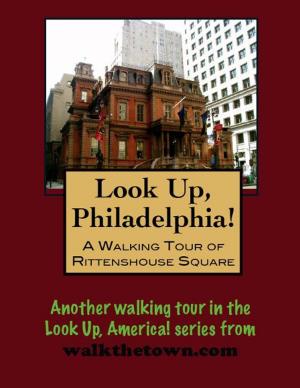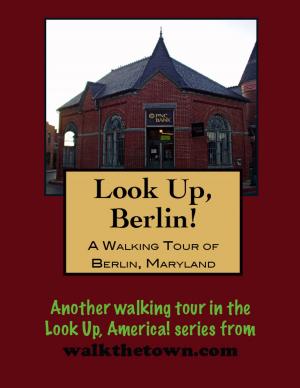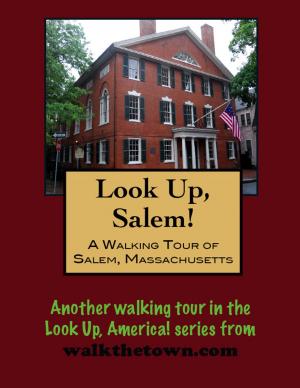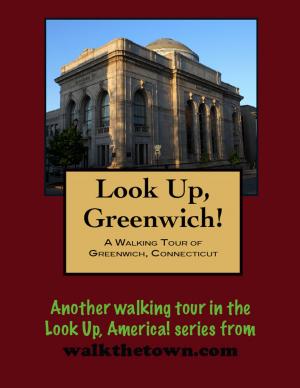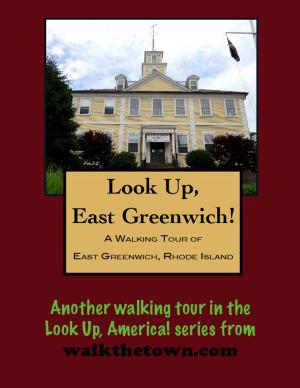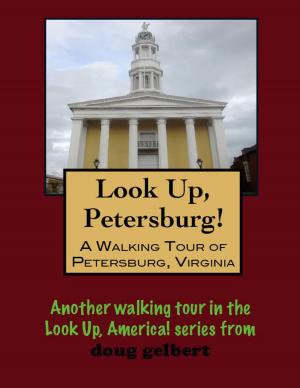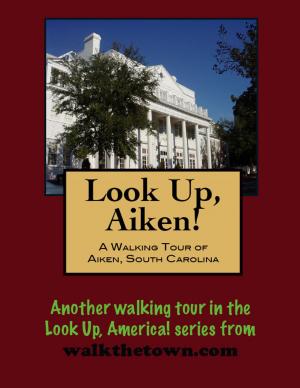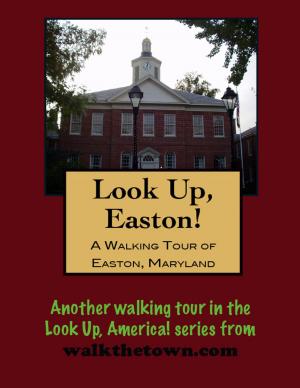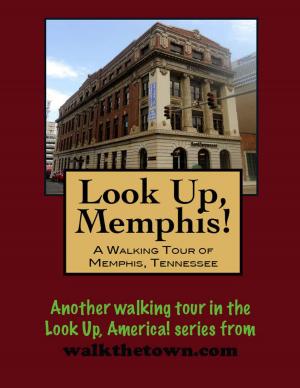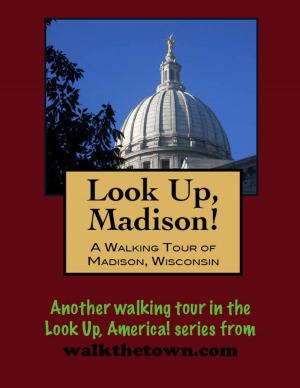| Author: | Doug Gelbert | ISBN: | 9781458062307 |
| Publisher: | Doug Gelbert | Publication: | February 13, 2011 |
| Imprint: | Smashwords Edition | Language: | English |
| Author: | Doug Gelbert |
| ISBN: | 9781458062307 |
| Publisher: | Doug Gelbert |
| Publication: | February 13, 2011 |
| Imprint: | Smashwords Edition |
| Language: | English |
There is no better way to see America than on foot. And there is no better way to appreciate what you are looking at than with a walking tour. Whether you are preparing for a road trip or just out to look at your own town in a new way, a downloadable walking tour is ready to explore when you are.
Each walking tour describes historical and architectural landmarks and provides pictures to help out when those pesky street addresses are missing. Every tour also includes a quick primer on identifying architectural styles seen on American streets.
The town of Westerly on the Pawcatuck River was incorporated in 1669 as the fifth town in the colony of Rhode Island. When settlers weren’t squabbling over boundary disputes with their Connecticut neighbors across the river the usual suspects of mills and shipyards sprouted on the banks. In the nine villages that came to comprise Westerly - the name is derived from its geographic position in the state - farming dominated the economy.
You can still find vestiges of pre-Revolutionary Westerly among these outlying farms but downtown there is nothing today to betray that anything existed before the middle of the 19th century, a time that coincides with the beginnings of the industry for which Westerly gained national renown. It was in 1845 that Orlando Smith discovered an abundance of granite on his farm and within short order several granite companies were organized around town. Westerly granite is fine-grained, susceptible to delicate carving, and hence, particularly well-suited for memorials. The local quarries yield four varieties of stone: a red variety commonly used for building blocks; and white, blue and pink granite usually used for monuments. Monuments crafted from Westerly granite can be found in 32 states.
Our walking tour of downtown will indeed see Westerly granite on town buildings. Perhaps because it is the Rhode Island town most closely located to New York City, Westerly has more big-city architecture than other towns its size. But before we take a look at those we’ll begin with another feature normally associated with big cities - a hundred-year old, award-winning park...
There is no better way to see America than on foot. And there is no better way to appreciate what you are looking at than with a walking tour. Whether you are preparing for a road trip or just out to look at your own town in a new way, a downloadable walking tour is ready to explore when you are.
Each walking tour describes historical and architectural landmarks and provides pictures to help out when those pesky street addresses are missing. Every tour also includes a quick primer on identifying architectural styles seen on American streets.
The town of Westerly on the Pawcatuck River was incorporated in 1669 as the fifth town in the colony of Rhode Island. When settlers weren’t squabbling over boundary disputes with their Connecticut neighbors across the river the usual suspects of mills and shipyards sprouted on the banks. In the nine villages that came to comprise Westerly - the name is derived from its geographic position in the state - farming dominated the economy.
You can still find vestiges of pre-Revolutionary Westerly among these outlying farms but downtown there is nothing today to betray that anything existed before the middle of the 19th century, a time that coincides with the beginnings of the industry for which Westerly gained national renown. It was in 1845 that Orlando Smith discovered an abundance of granite on his farm and within short order several granite companies were organized around town. Westerly granite is fine-grained, susceptible to delicate carving, and hence, particularly well-suited for memorials. The local quarries yield four varieties of stone: a red variety commonly used for building blocks; and white, blue and pink granite usually used for monuments. Monuments crafted from Westerly granite can be found in 32 states.
Our walking tour of downtown will indeed see Westerly granite on town buildings. Perhaps because it is the Rhode Island town most closely located to New York City, Westerly has more big-city architecture than other towns its size. But before we take a look at those we’ll begin with another feature normally associated with big cities - a hundred-year old, award-winning park...
